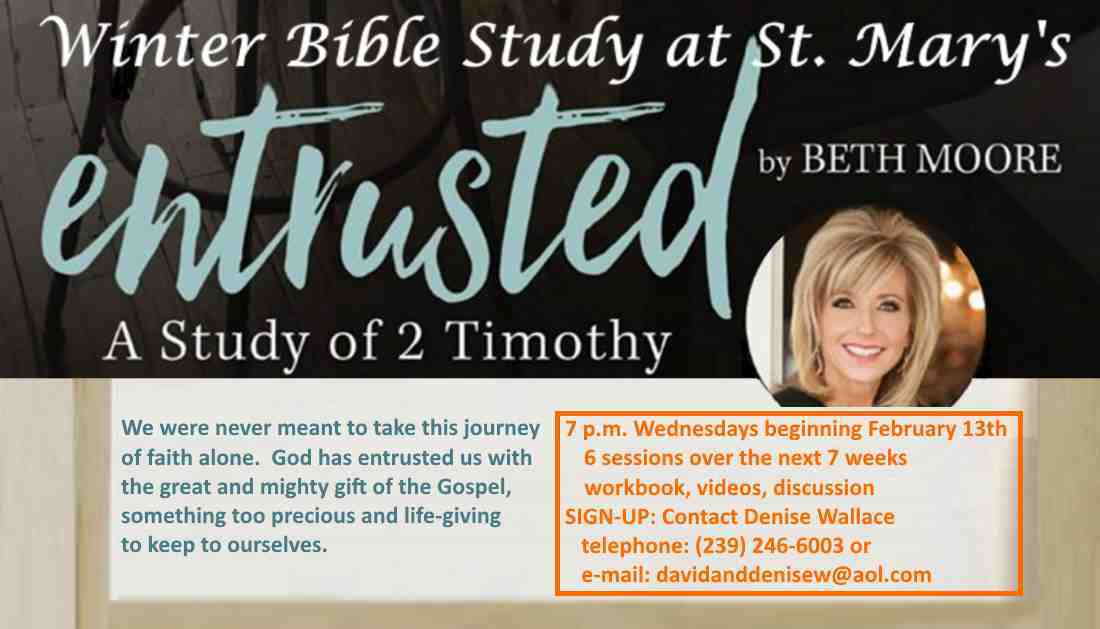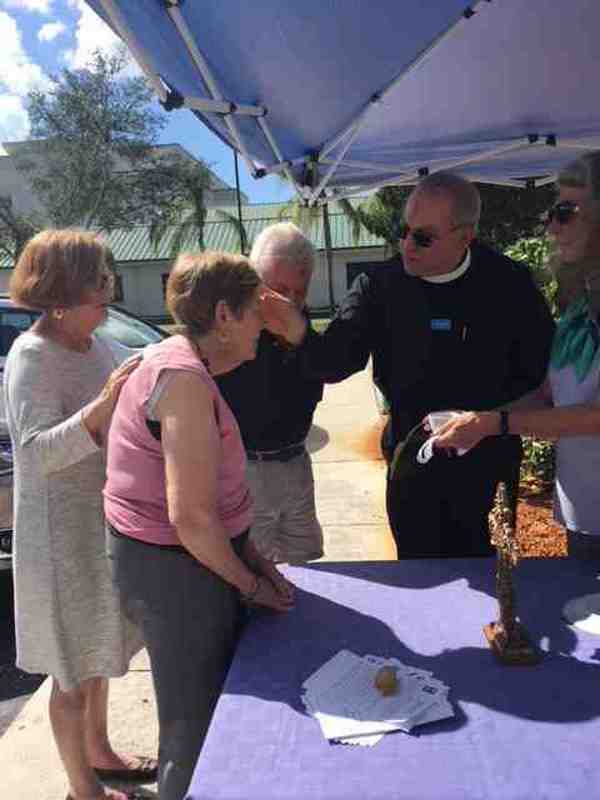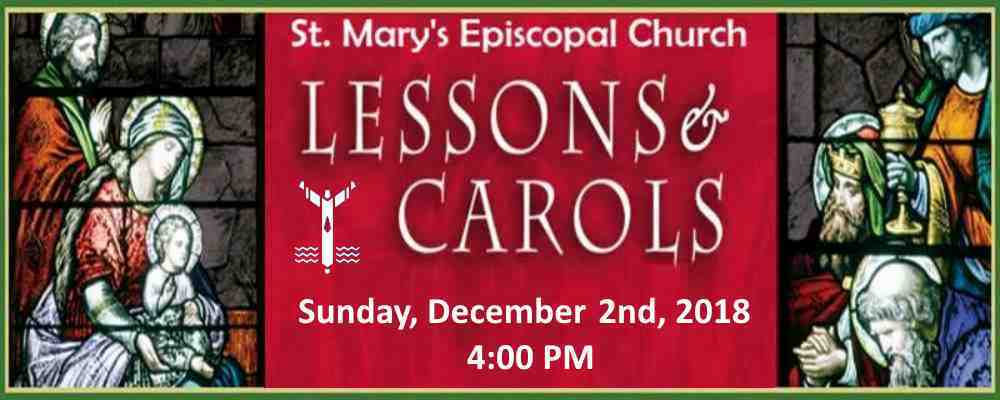Palm Sunday is one of the most complicated worship services of the liturgical year, for it combines Jesus’ Triumphal entry into Jerusalem with his Passion on the Cross. Indeed, the 1979 Book of Common Prayer (p. 270) presents the full title for the day as The Sunday of the Passion: Palm Sunday. One might quite naturally ask: “Why would both of these events be merged into a single service?” The most direct answer is simply a matter of practical necessity. According to one of the principle liturgists of the 1979 BCP, the Rev. Marion Hatchett (Ph.D.), in the course of time fewer and fewer of the faithful were able to take time away from work or other responsibilities to attend a Good Friday service, and consequently did not hear the Gospel account of Jesus’ Passion on the Cross. Therefore, it was necessary to combine it with the liturgy of Palm Sunday. Without hearing about Christ’s atoning and redemptive death on the Cross our hope of new and eternal life through his Resurrection on Easter is devalued enormously. However, over time, some have observed that the Triumphal entry has suffered, and its significance reduced and should therefore be given renewed attention, which is what will occur this year at St. Mary’s.
The Early Church had a different set of circumstances compared to ours and took pains to give Jesus’ Triumphal entry into Jerusalem its due; for it was a major feast day unto itself as we read from the famous diary by Egeria: “…and all go on foot from the top of the Mount of Olives…answering to one another ‘Blessed is He that comes in the name of the Lord’…and all the children…bearing branches, some of palms and some of olives.” This account dates from her pilgrimage to the Holy Land during the years 381-384. But in addition, the Triumphal entry is also rife with messianic meaning, significance, and prophecy. For example, in the account of Jesus’ Triumphal entry into Jerusalem from the Gospel according to St. Matthew he explicitly quotes Zechariah 9:9: “Rejoice greatly, O daughter of Zion! Shout aloud, O daughter Jerusalem! Lo: your king comes to you, triumphant and victorious is he, humble and riding on a donkey, on a colt, the foal of a donkey” (Mt. 21:9). The passage from Zechariah was written approximately 500 years before the time of Jesus. Jesus’ kingship is also alluded to in an image of enthronement in the line of King David referring to 2 Kings 9:13 and 1 Maccabees 13:51: “…the Jews entered it (the Citadel) with praise and palm branches, and with harps and cymbals and stringed instruments, and with hymns and songs, because a great enemy had been crushed and removed from Israel.” Even the means by which Jesus provided for his transportation is foretold in the Old Testament and has kingship implications.
The liturgy of The Sunday of the Passion: Palm Sunday can challenge our spiritual ascetic because of its dual focus, and this year in order to achieve more balance and give deserved attention to Jesus’ Triumphal entry into Jerusalem the Passion narrative will be read following the Eucharist. In our preparation for the coming of Holy Week and the events we observe and celebrate through our various liturgies the reading of Holy Scripture can be an essential resource to guide our way. Psalm 118 is singularly noteworthy when it comes to the Triumphal entry dimension of the liturgy for The Sunday of the Passion: Palm Sunday, (and the Passion as well) and the following passage is particularly significant: “This is the day that the Lord has made; let us rejoice in it.” One way or another…triumphal entry, passion, or hopefully both…let us indeed “rejoice in it.”







Leave A Comment